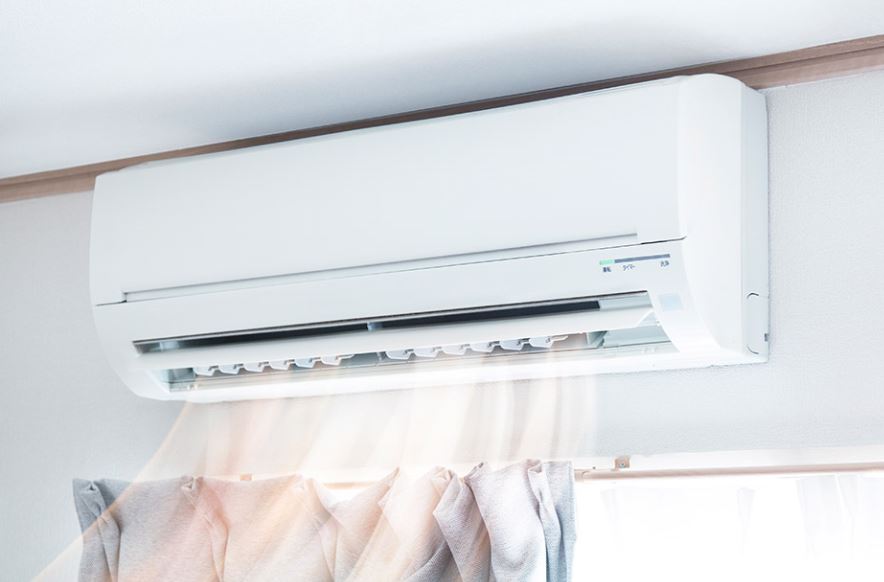The Air Conditioning System of the Future

By: Reggie Hucks | Jun 05, 2019
Back in the rural south, around 1940, power companies would mail flyers to their customers at the beginning of summer. These flyers would give tips on how to stay cool during the hottest days ahead. Some of the tips were; grow ample shade around your residence, stay inside during the hottest part of the day, use open windows for increased air circulation, and keep wet towels available to cool your forehead and neck. Homes, in those days, were designed to facilitate air movement. Large porches and arched ceilings in hallways enhanced air currents that moved freely through the structure. These conditions were the norm for homeowners before the availability of affordable air conditioning.
Much has changed since then. Now, home air conditioning units are as common as microwave ovens. Today, if an air conditioning system breaks, people will leave their house to escape the heat until a repair is made. Our landscape has changed as well. A typical residential subdivision has paved streets, half acre lots with little or no trees, and homes built ten feet apart. A picture taken above the subdivision can look like a sea of roofs.
Today, energy codes require a substantial insulation package for each house built. Air conditioning units are sized to meet the cooling demands for the average summer day. Windows are rarely opened for ventilation. Large single zone systems with considerable ductwork are still installed. However, just as things have changed since 1940, more changes are coming that will have big impacts on the way we air condition our homes.
Among the forthcoming changes will be equipment designs that accommodate new construction methods. For example, tomorrow’s homes will not be built around the sole use of air conditioning systems for cooling. Automatic windows that open at night to flush out heat will be available. More substantial insulation and air leakage packages will be required. These tighter houses will require designed ventilation systems that precisely change the air in a structure, as opposed to air leakage and infiltration. Air conditioning equipment will be smaller, variable-speed systems that condition specific areas where the cooling demand is greatest. All controls will be digital for maximum energy efficiency. Small ductless systems could represent fifteen percent of the total HVAC industry revenues in the next five years. Larger units with single duct systems will begin to disappear.
Green roofs and shading will return to the forefront of home design. This will drop the air conditioning load on homes, which will lower power bills. Entire sections of a roof will be covered with solar panels. The solar power could be used to drive low voltage, direct current air conditioning systems. The roof will be able to remove heat, via tubes filled with a heat sink solution, before it enters the thermal envelope of the house. Modular construction in the walls might offer the same technology. Putting this all together, the typical 1600 square foot house that needed a two-and-a-half-ton air conditioning system today might only require a one-ton system tomorrow.
Further up the road expect new technologies to replace the compressor driven units of today. Equipment that utilizes solar power as part of the refrigeration process are currently manufactured in limited markets. Air conditioners that operate solely when occupants are present is another emerging design. The old adage “nothing is permanent except change” is also true regarding the air conditioning system of the future.

